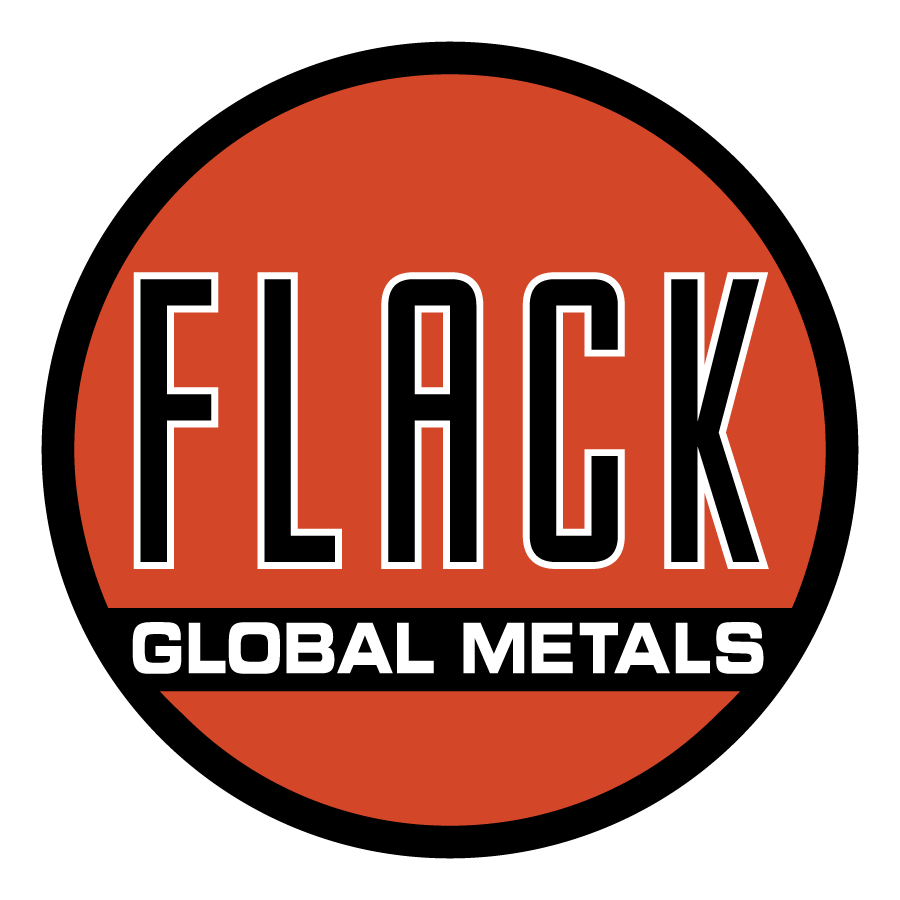THE GOOD
- Australia announces surprise 25 basis point rate cut.
- The auto industry is still showing strong performance.
- U.S. ISM beat expectations coming in at 51.5 from 49.6 in August thus moving into an expansionary economy.
- China was off all week for the “Golden Week” holiday. Expectations of restocking upon their return led to iron ore swap prices being bid up all week in anticipation.
- The Indian Supreme Court ruled Friday that iron ore transport in the western state of Goa be suspended. Protests in Brazil and strikes in South Africa slowing production in those areas.
THE BAD
- Syria shelled a southern Turkish town with mortars and artillery instigating an abrupt military attack by Turkey; Turkish parliament authorizing war powers. However, Syria has since pulled back and the conflict seems to be calmed for now.
- The ongoing sovereign debt crisis in the euro area and the looming fiscal cliff in the U.S. still pose major risks.
- US HRC CRU Index price down $9/ton to 618.
- Chinese manufacturing contracted for an 11th straight month with the final reading for a HSBC purchasing managers’ index rising to 47.9 compared to 47.6 in August, but critically, still below the 50 mark.
- Chicago ISM weak; below 50 at 49.7
- Construction growth slowing
- Canadian manufacturing growth slowing
- Eurozone manufacturing reading falling M.O.M. to 46.1 showing continued contraction.
- Turkey hikes electricity costs.
- “For the fifth week in a row prices on flat rolled products moved lower as lead times remain short and the domestic steel mills maneuver to improve the mill order books,” SMU 10/3. Expectations of decreased HRC prices are common.
- Scrap prices declining simultaneously in North and South America, Europe and Asia.
- US weekly raw steel production reached its lowest level of 2012, as all production volumes decreased in all regions and capacity utilization fell to 72%, according to American Iron and Steel Institute data released on Monday.
THE FELDSTEIN
Physical and financial steel markets were relatively quiet this week with the Chinese economy out for their “Golden Week” national holiday. Nevertheless, the bad news outpaced the good as it has for several months now. U.S. economic data had some positive developments with an expansionary reading on the national ISM number at 51.5 and a decrease in the employment rate to 7.8% from 8.1%. The automotive industry remained strong, but the momentum in the construction industry is showing signs of slowing. US weekly raw steel production reached its lowest level of 2012, as all production volumes decreased in all regions and capability utilization fell to 72%, according to American Iron and Steel Institute data released on Monday.
Manufacturing numbers out of China and Europe are still showing signs of contraction. Chinese manufacturing data has shown the economy has been in contraction for 11 straight months now. “Furthermore, purchasing by manufacturers of inputs including steel fell at the fastest rate since February, contributing to a decline in input stocks, which fell at the fastest rate since May. Wherever possible manufacturers were attempting to utilize their stocks rather than buy new material, HSBC said” (SBB Platts Daily 10/2). Australia’s central bank announced a surprise 25 basis point rate cut, most likely in response to major corrections of late in the prices of coal and iron ore. Tensions heightened between Syria and Turkey this week after a border town in southern Turkey was shelled by mortars and artillery out of Syria. Turkey responded swiftly attacking military installations in Syria. Also, electricity prices were raised across Turkey leading to higher input costs for Turkish EAF steel mills.
Quarter four HRC prices continued to lower while the CRU index moved down 9 points to $618 this week. Expectations are that prices are headed lower still with rumors of physical tons traded sub 600 in the spot market. HRC forward markets are in a growing contango as Q1 2013 prices are almost $40 per ton higher than Q4 2012 prices. Mill lead times are reported to be very short. Scrap prices are reported to be moving lower across the globe. “Over the last three months, average daily iron ore prices have declined 26.1%, while scrap-substitute pig iron prices are down 5.1% and scrap prices have increased 1.8%, so scrap prices have some catching up to do on the downside,” (Steel Market Intelligence 10/3). Iron ore was very quiet this week with the holiday inChina. Swaps prices moved higher most likely in anticipation of post holiday purchasing by mills.
In addition to these new stories; the looming fiscal cliff, ongoing sovereign debt crisis in the euro area, slowdown in China, and global government stimulus are still the big stories from a macro perspective. The weakness of demand in commodities, especially steel, and the global over-supply of steel and raw materials lead me to believe the probability of lower prices greatly outweigh the probability of any significant price increases. The considerable amount of global stimulus will most likely lead to growth in the future, as we have see these expectations manifest themselves in the robust contango mentioned above. However, this week started earnings week for U.S. equities and markets which we will have to deal with the news of the day for another three months. Between U.S. corporate earnings announcements and guidance, global macro-economic reports (especially those of China’s slowdown, percolating geo-political issues, U.S. politics and the U.S. election) an expectation for negative headlines to overshadow positive ones are likely. If this is the case, steel prices will have a difficult time holding current prices, let alone climbing, during this period.
